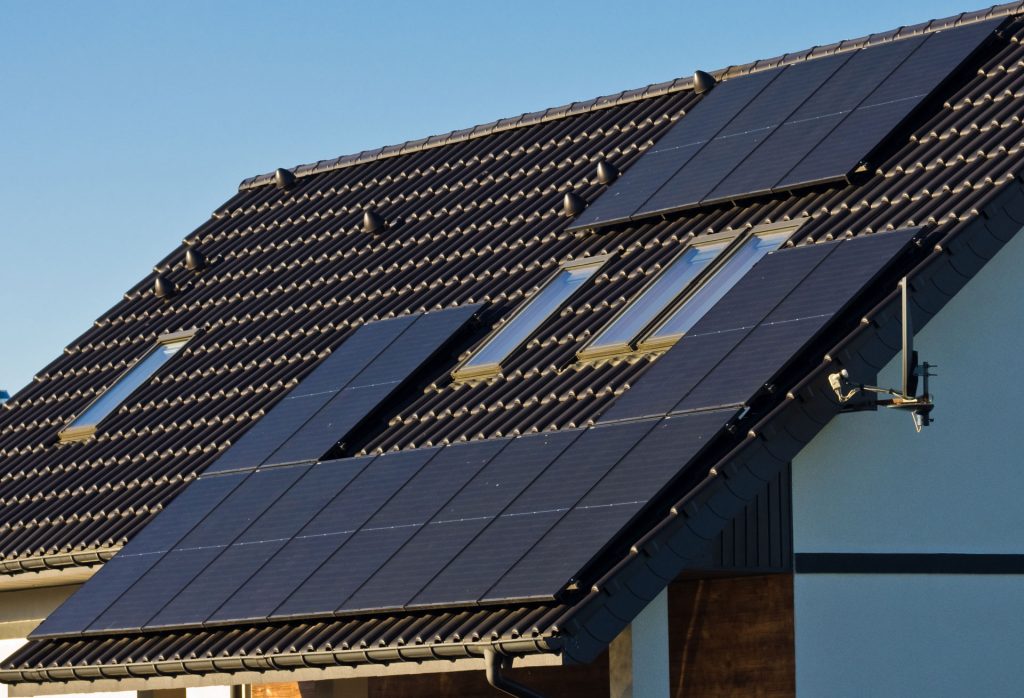The Government-backed Feed-In-Tariff was abolished in 2019 and replaced with the Smart Export Guarantee. It was the generous financial gains from the Feed-In-Tariff that really helped Solar PV to become a mainstream energy generation solution. Enabling those who invested in Solar PV to be paid a per KWh fee for exporting electricity to the grid, the FiT was established in 2006 to help kickstart the solar industry in the UK.
Over the years, the FiT was gradually tapered down until it became obsolete. For those who managed to lock in to Feed in tariff, many enjoy 20 years of guaranteed payments from the Government, even though new applications have ended. The end of the FiT represented a somewhat barren period for the Solar PV industry and its popularity started to diminish, however, with recently rising energy costs and our global responsibility in reducing carbon emissions, Solar PV is very much back in the spotlight.
When new technologies are introduced, they can be very expensive for the early adopters. This limits the potential for a technology to become mainstream and that’s why incentives such as the Feed-In-Tariff were not only generous but also saw an increase in demand which in turn helped to make Solar PV more affordable and to an extent, drive down the cost of manufacture to make it more accessible to the masses. Now that the Feed in Tariff has ended, Solar PV can still represent an excellent long term investment that will help you reduce the cost of electricity when compared to the likely tariff you’ll pay your energy supplier. Most Solar PV adopters will see their levelled cost of energy reduce to below 20 pence per KWh versus at least 30 pence per KWh when drawn from the grid.


